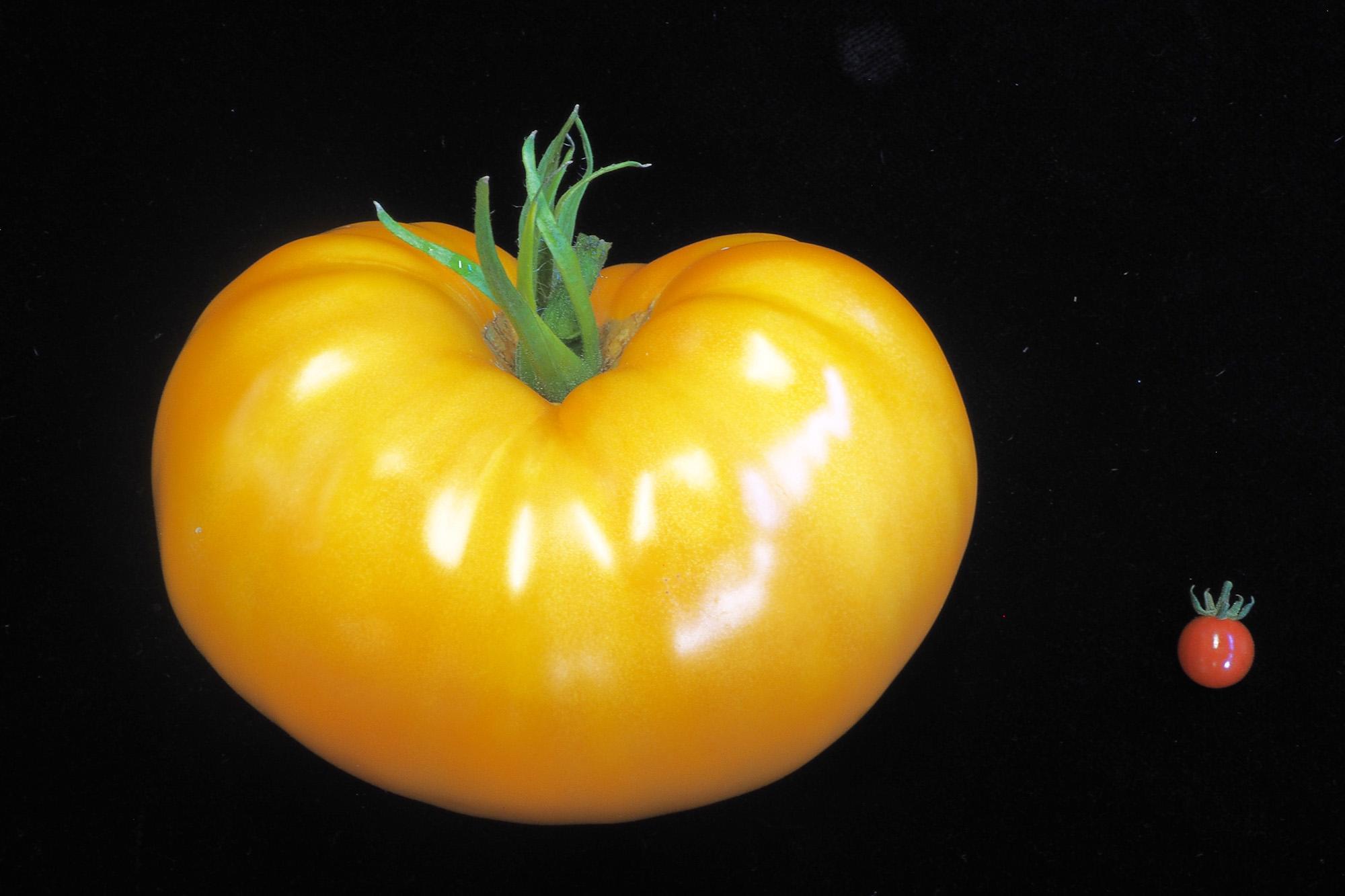Unlocking tomato diversity

Crop diversity, the variation between crop species and their varieties, can enhance agricultural productivity and resilience. Genome editing has the potential to expand this diversity by transferring desirable traits between old and modern varieties.
Project description
What is the research project about?
In this project, we address the question of how genome editing can be used for the conservation and utilization of old crop varieties to promote diversity in agriculture. First, we will catalogue the genetic diversity of old Swiss tomato varieties by genome sequencing. We will then use this genome data to apply CRISPR-Cas genome editing technology for a targeted and precise transfer of desirable traits between old varieties and disease-tolerant modern breeds. Specifically, we plan to adapt old varieties to contemporary requirements by editing resistance and productivity genes, and to improve disease-tolerant modern breeds by editing fruit quality and productivity genes.
Why is the research project important?
This research project will show how genome editing can promote crop diversity by reintegrating old varieties and their specific characteristics into modern horticulture. By collaborating with partners from the practice, we also aim to enable policy and decision makers to assess the potential of genome editing and make informed decisions about the application of genome editing in plant breeding.
Original title
Rapid Improvement of Swiss Heirloom Tomato Varieties by Genome Editing